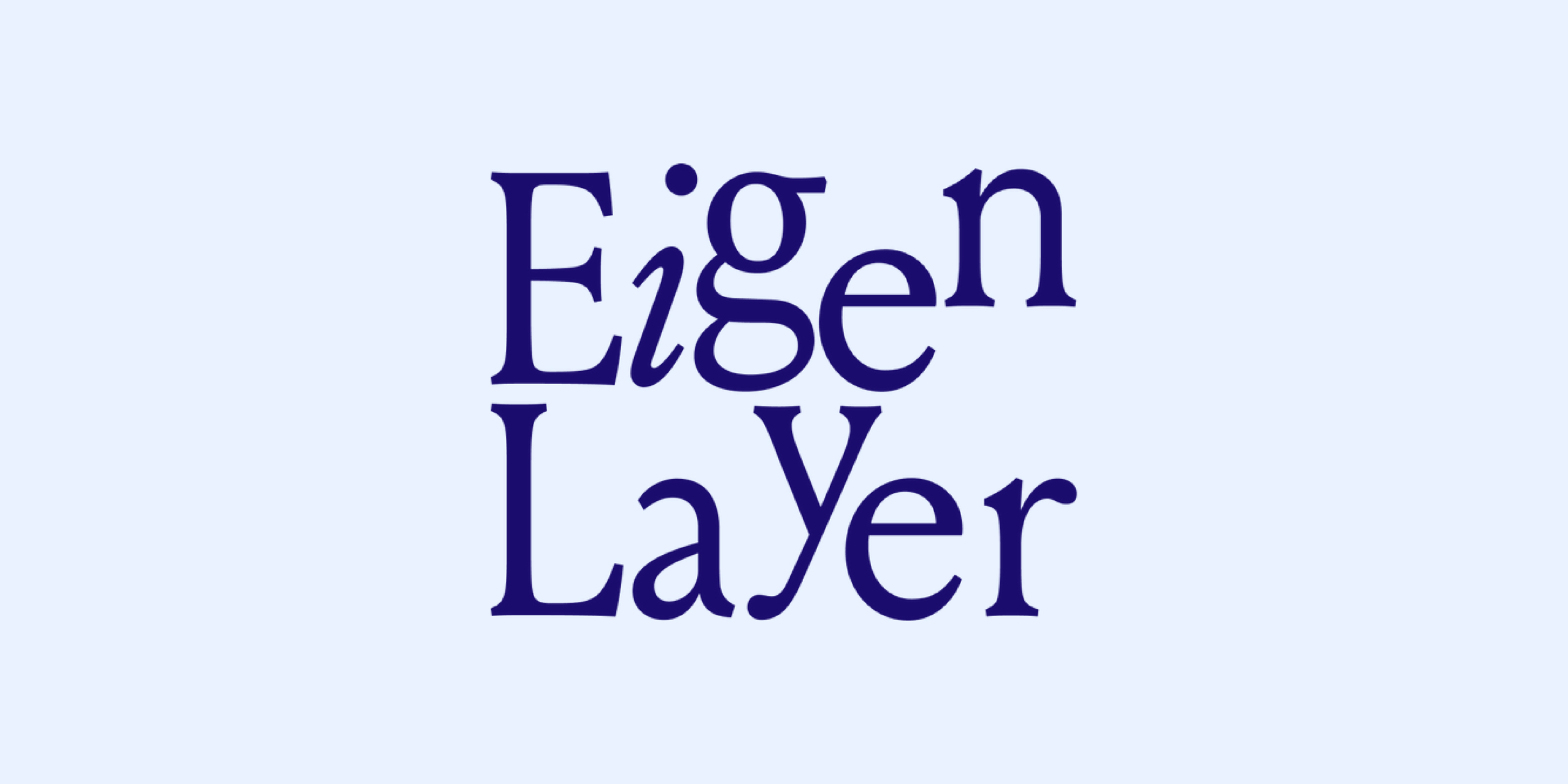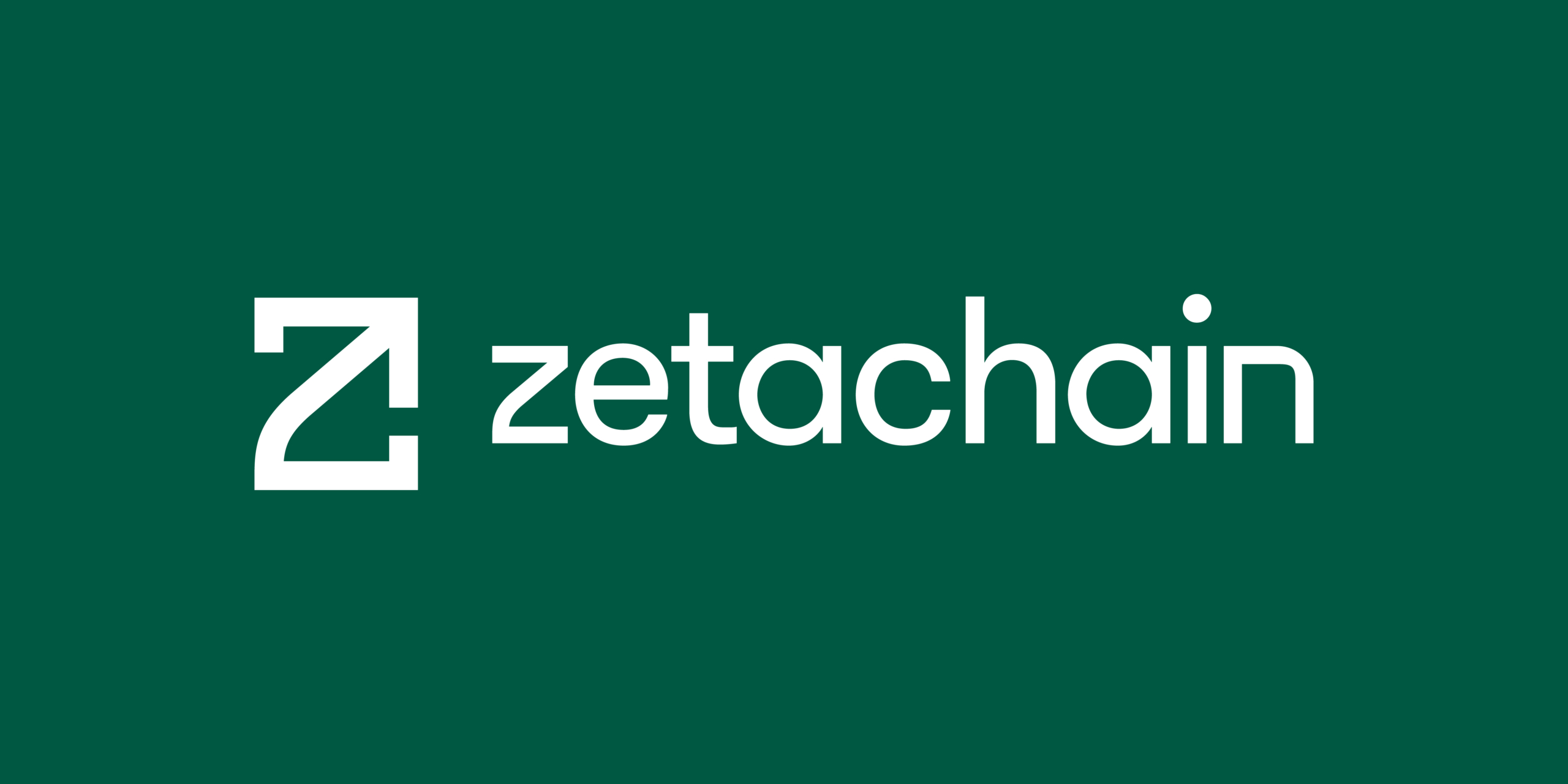Introduction
EigenLayer is a groundbreaking protocol layered on top of the Ethereum network, introducing the innovative concept of ‘restaking’. This protocol enables Ethereum stakes to repurpose their staked ETH or Liquid Staking Tokens (LSTs) across multiple applications, amplifying the network’s crypto-economic security. This mechanism reduces capital costs for stakers and enhances trust across various decentralized services by providing pooled security.
EigenLayer Innovation
At the heart of EigenLayer’s innovation is the ‘restaking’ primitive, a novel approach in cryptoeconomic security that allows for the reuse of staked ETH on the Ethereum network, complemented by a mechanism for pooled security, where Ethereum stakers can simultaneously opt into various services. This broad service support and the framework for free-market governance empower stakers to make decisions based on risk-reward analysis, encouraging permissionless innovation.
Architecture
EigenLayer’s architecture is defined by several key components:
Custom Decentralization and Slashing Mechanisms: Services can set their decentralization requirements, and unique slashing contracts ensure a high cost of corruption.
Operator Delegation: Stakers can delegate operations to trusted operators, aligning with their rewards and service preferences.
EigenPods and Restaking Points: Facilitate native restaking and quantify contributions, supporting liquid and native restaking options.
Actively Validated Services (AVS): This includes sidechains, oracle networks, and the EigenDA data availability service, which is essential for rollups.
Code Quality
The EigenLayer protocol demonstrates high code quality through rigorous smart contract development, testing, and auditing. Implementing custom slashing mechanisms, restaking contracts, and data availability services strongly emphasizes security and efficiency. The protocol’s smart contracts are designed to be modular and upgradable, ensuring long-term resilience and adaptability.
Product Roadmap
EigenLayer’s roadmap highlights the expansion of services and integrations, focusing on enhancing Ethereum’s scalability and security.
Upcoming milestones include –
- optimizing data availability services for rollups,
- expanding the ecosystem through partnerships and
- continuously improving the protocol’s decentralization and governance mechanisms.
Usability
The usability of EigenLayer is evident in its seamless integration with the Ethereum ecosystem, providing a user-friendly interface for stakers and developers. The protocol offers detailed documentation and tools for easy participation in restaking, operator delegation, and service integration. EigenLayer facilitates wider adoption among stakers and service providers by reducing the technical barriers to entry.
Team
The team behind EigenLayer comprises seasoned professionals with deep expertise in blockchain technology, cryptography, and decentralized systems. Their collective experience ensures that the protocol’s innovative vision matches technical prowess, guiding the project towards achieving its ambitious goals.
Conclusion
EigenLayer represents a paradigm shift in the Ethereum ecosystem, enhancing its security and efficiency through the innovative mechanism of restaking. EigenLayer stands as a testament to the potential of decentralized protocols to revolutionize crypto-economic security by enabling pooled security and fostering an environment of permissionless innovation. The protocol’s robust architecture, high code quality, and clear roadmap indicate its capacity to contribute significantly to Ethereum’s future infrastructure. With the support of a strong team and a community of forward-thinking investors, EigenLayer is poised for success in its mission to bolster the trust and security of decentralized services.
| Initial Screening | |||
| Keep researching | |||
| Does this project need to use blockchain technology? | Yes | ||
| Can this project be realized? | Yes | ||
| Is there a viable use case for this project? | Yes | ||
| Is the project protected from commonly known attacks? | Yes | ||
| Are there no careless errors in the whitepaper? | Yes | ||
| Project Technology Score | |||
| Description | Scorecard | ||
| Innovation (Out Of 11) | 9 | ||
| How have similar projects performed? | Good | 2 | |
| Are there too many innovations? | Regular | 2 | |
| Percentage of crypto users that will use the project? | 6% – 10% | 3 | |
| Is the project unique? | Yes | 2 | |
| Architecture (Out of 12) | 11 | ||
| Overall feeling after reading whitepaper? | Good | 2 | |
| Resistance to possible attacks? | Good | 2 | |
| Complexity of the architecture? | Not too complex | 2 | |
| Time taken to understand the architecture? | 20 – 50 min | 1 | |
| Overall feeling about the architecture after deeper research? | Good | 4 | |
| Has the project been hacked ? | No | 0 | |
| Code Quality (out of 15) | 15 | ||
| Is the project open source? | Yes | 2 | |
| Does the project use good code like C,C++, Rust, Erlang, Ruby, etc? | Yes | 2 | |
| Could the project use better programming languages? | No | 0 | |
| Github number of lines? | More than 10K | 1 | |
| Github commits per month? | More than 10 | 2 | |
| What is the quality of the code? | Good | 2 | |
| How well is the code commented? | Outstanding | 2 | |
| Overall quality of the test coverage? | Outstanding | 2 | |
| Overall quality of the maintainability index? | Outstanding | 2 | |
| When Mainnet (out of 5) | 5 | ||
| When does the mainnet come out? | Mainnet Ready | 5 | |
| Usability for Infrastructure Projects (out of 5) | 3 | ||
| Is it easy to use for the end customer? | Medium | 3 | |
| Team (out of 7) | 6 | ||
| Number of active developers? | 5+ | 2 | |
| Developers average Git Background? | Senior | 2 | |
| Developers coding style? | Solid | 3 | |
| Total Score (out of 55) | 49 | ||
| Percentage Score | |||
| Innovation | 16.36% | ||
| Architecture | 20.00% | ||
| Code Quality | 27.27% | ||
| Mainnet | 9.09% | ||
| Usability | 5.45% | ||
| Team | 10.91% | ||
| Total | 89.08% |





